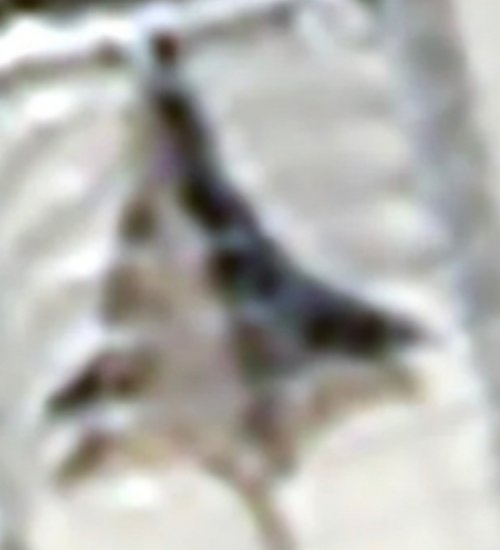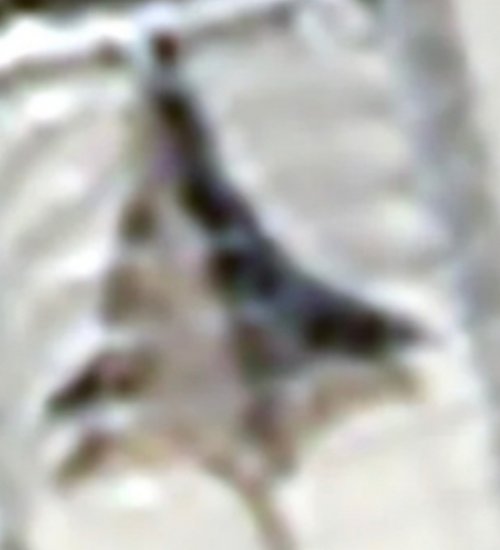Look at the original photo again. As Flateric noted, it's quite possible that a brownish fabric cover/tarp may have been quickly placed over the aircraft as soon after it stopped on the taxiway. That would have been a highly plausible COA for such a contingency. Whatever caused it to stop moving most likely required assessment and/or repairs.
It then may have been determined that towing this likely one-of-a-kind aircraft would have caused further (and possibly irreperable) damage, so a decision was made to erect a temporary hangar. Better (and much cheaper) to repair it in place than to risk breaking something else that could cost millions of dollars and months of downtime to repair. Erecting a temporary structure can usually be completed quickly, but the high winds that Quellish mentioned would have delayed things. Otherwise we would have just seen a tensioned temporary hangar on the taxiway.
My contractors regularly construct temporary buildings and hangars, identical to the one in the photo,in hurricane prone areas. If there are high winds, they can erect the aluminum skeleton, but obviously windy conditions would preclude installing the tensioned fabric components.
View attachment 765688


